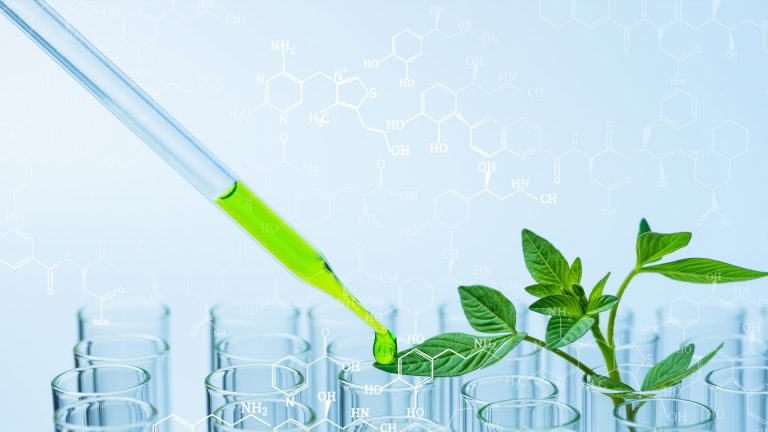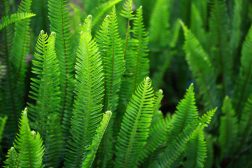Plant Biology

Plant biology as the scientific study of plants
Plantlife can be studied at a variety of levels, from the molecular, genetic and biochemical level through organelles, cells, tissues, organs, individuals, plant populations, and communities of plants. These tutorials will help you learn and appreciate plants regarding their distinctive structures and remarkable inherent strategies for thriving and survival.
Objectives
In this tutorial, you will be able:
- To tell apart a plant cell from an animal cell
- To become familiar with the different plant tissues
- To know the different plant organs and their functions
- To understand common plant processes, such as plant metabolism, growth, hormones, meiosis, and alternation of generations
- To be familiar with the different major plant groups: bryophytes, vascular plants, and seed plants
Key Points
- Plant cells have cell walls and plastids (particularly, chloroplasts) that make them different from an animal cell. Nevertheless, both cells are eukaryotic, which means that they have a well-defined nucleus inside their cell.
- Based on structure and function, plant tissues include meristematic tissues, simple tissues, secretory cells and tissues, and complex tissues.
- Plants are composed of three major organ groups: roots, stems, and leaves. Each of these organs performs vital functions. Roots are used to absorb water and nutrients from the soil. Stems provide plants with structural support. Leaves are specialized for photosynthesis. Flowers and fruits are reproductive organs responsible for the production of seeds that eventually germinate into new plants.
- Plants have many regulatory mechanisms to ensure homeostasis. For example, they perform osmoregulation to regulate water inside their cell.
- Plants have a complex life cycle. Referred to as alternation of generations, a plant goes through a cycle of sporophyte and gametophyte generations.
- Bryophytes are non-vascular plants, meaning they do not have vascular tissues, xylem and phloem. The presence of these tissues is one of the major features that set ferns, their relatives, and seed plants apart from the bryophytes.
Plant Cells vs. Animal Cells
Plant cells have plastids essential in photosynthesis. They also have an additional layer called cell wall on their cell exterior. Although animal cells lack these cell structures, both of them have nucleus, mitochondria, endoplasmic reticulum, etc. Read this tutorial to learn plant cell structures and their roles in plants…
Plant Tissues
Plant organs are comprised of tissues working together for a common function. The different types of plant tissues are meristematic, simple, secretory, and complex tissues. Find out the distinctive characteristics of each tissue in terms of structure and function…
Fruits, Flowers, and Seeds
This tutorial deals with the structure and function of flowers, fruits, and seeds. Also included here are the types of fruits, fruit dispersal mechanisms, and seed germination. The distinctions between dicots and monocots, the two major groups of flowering plants, are presented in this tutorial…
Water in Plants
The movement of molecules (specifically, water and solutes) is vital to the understanding of plant processes. This tutorial will be more or less a quick review of the various principles of water motion in reference to plants. ..
Plant Metabolism
Plants are responsible for incredible feats of molecular transformation. Plant processes, such as photosynthesis, photophosphorylation, chemiosmosis, carbon fixing reactions, respiration, are presented in this tutorial…
Growth and Plant Hormones
Plants, like animals, produce hormones to regulate plant activities, including growth. They need these hormones to respond well to their environment and to sustain growth, development, and dispersal. Plant biologists recognize five major groups of plant hormones: auxins, gibberellins, ethylene, cytokinins, and abscisic acid. Find out in this guide the importance of each hormone in the life of a plant…
Meiosis and Alternation of Generations
Plants are characterized by having alternation of generations in their life cycles. This tutorial is a review of plant mitosis, meiosis, and alternation of generations. ..
Bryophytes
Bryophytes (nonvascular plants) are a plant group characterized by lacking vascular tissues. They include the mosses, the liverworts, and the hornworts. These groups of plants require external water, usually in the form of dew or rain. Some of them grow exclusively in dark, damp environments in order to provide moisture. Find out more about them here…
Vascular Plants: Ferns and Relatives
Ferns and their relatives are vascular plants, meaning they have xylem and phloem tissues. Because of the presence of vascular tissue, the leaves of ferns and their relatives are better organized than the mosses and liverworts. ..
Seed Plants
Seed plants are vascular plants. They differ from the other vascular plants in producing seeds that germinate into a new plant. Two major plant divisions are covered: the angiosperms and the gymnosperms. ..
Leaves
Leaves are the major photosynthetic organ of a plant. Apart from that, they are also crucial to water movement. In this tutorial, various plant processes are considered in more detail. It also includes topics on leaf arrangements, leaf types, leaf structure, leaf color, abscission, and importance to humans…













